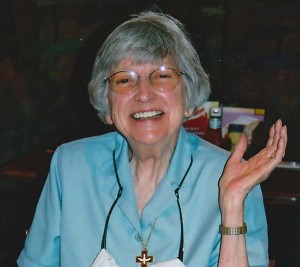In 1999, my mother and I flew from Oregon to Long Island, a journey that would become a cherished memory for me. My younger brother had been researching our genealogy and found that a lighthouse had been named after our 8th great-grandfather, Barnabas Horton.
Mom had told us stories about this grandfather, tales that were
passed down for generations. Family lore said he had sailed over the ocean on a ship called The Swallow.
She had never seen any documentation, but had heard those stories all of her life.
When I found Horton Point Lighthouse on a map, I asked her if she would like to fly to Long Island to see it. Now there we stood!
We were fascinated by the fact that Barnabas Horton, a Puritan, had built the first timber-framed house on eastern Long Island and was one of the founding fathers of Southold.
A slab of blue slate covered his grave and still bore a legible engraving (it was re-lettered in the 1800’s) of the epitaph he wrote himself. Few records exist, but one lists his occupation as a baker. We learned he was a wealthy, jovial man whose presence filled a room. He later became a magistrate of Southold.
The lack of information about Mary Horton, his brave wife who left family to come to the wilds of Long Island – and our great-grandmother – troubled me.
I knew Barnabas was a widower when she married him. She must have been courageous as she left her family to cross an ocean with him and his two young sons. I could not find much more about her and never found her grave. She is mentioned in Barnabas’s will, written shortly before he died at age eighty.
I began to read about the families who left persecution in England in hopes of rebuilding the church in America and imagined Mary’s life. What were her motivations? Her dreams? Her struggles?
In 2008, three years after my mom passed away, and after several trips back to Southold, L.I., with my hubby, my dad and sisters, I began writing a love story about the Horton’s journey. It’s my hope in my inspirational historical romance, I give voice to Mary and the countless women who made the same journey and were indeed founding mothers.
My mom loved her apple trees and could bake a scrumptious apple pie! I enjoyed learning how the English were dismayed by the small, sour apples they found growing in the wild in the early 1600’s.
Based on stories she undoubtedly heard before making her voyage, Mary most likely brought her own apple seeds. Mayhap she had a few young saplings imported at a later date. Most assuredly, though, she missed her English apples!

